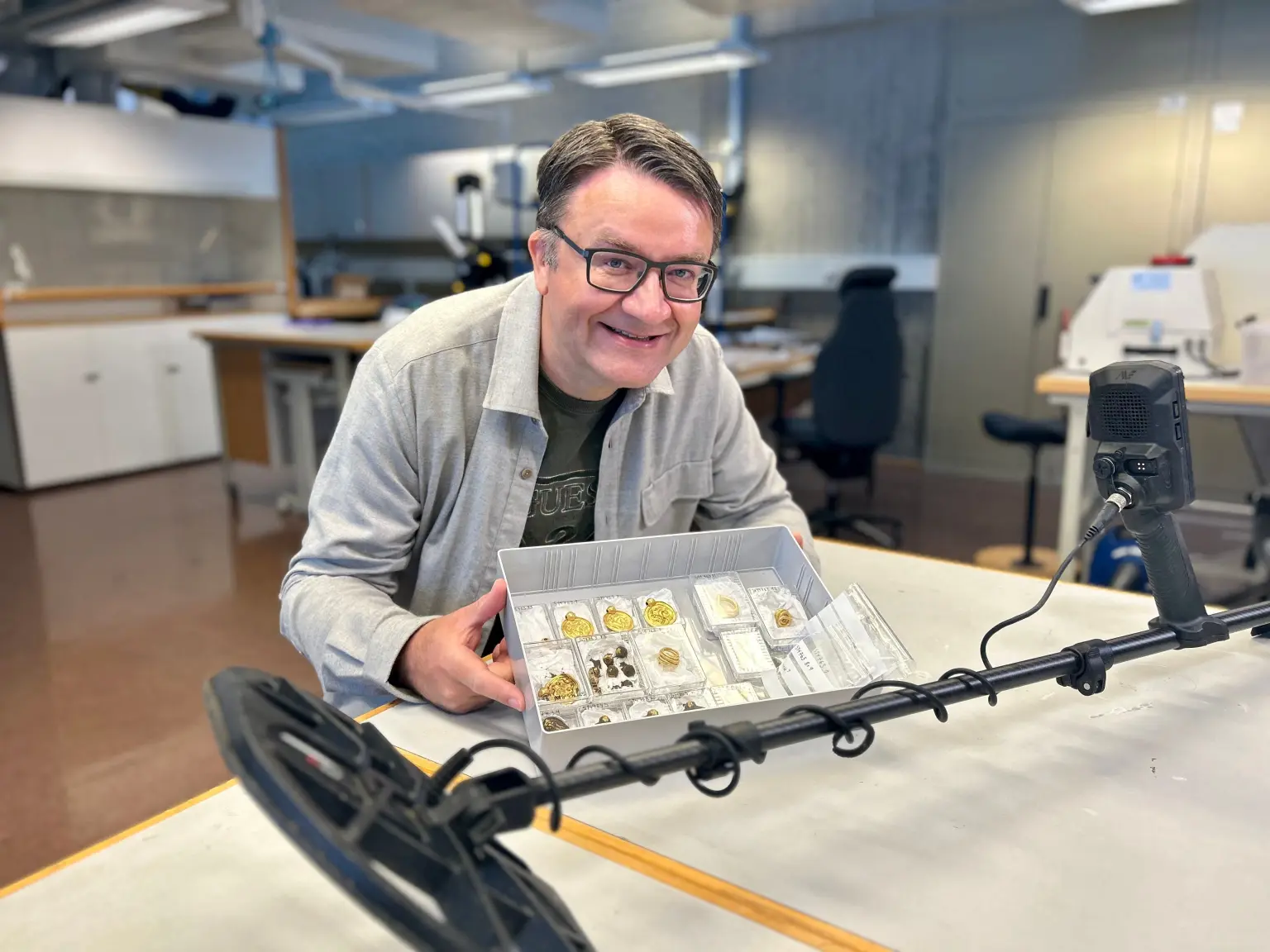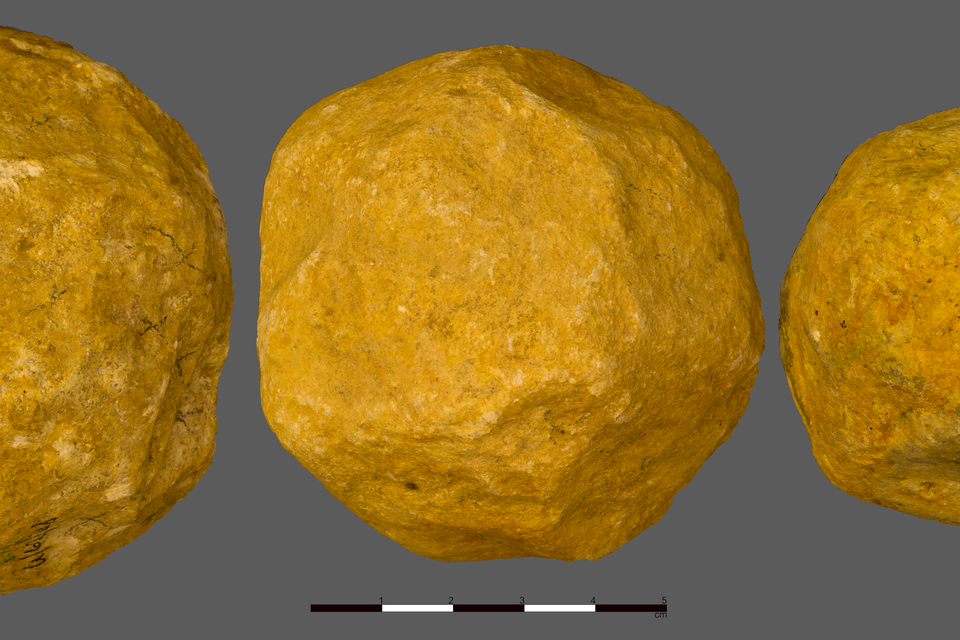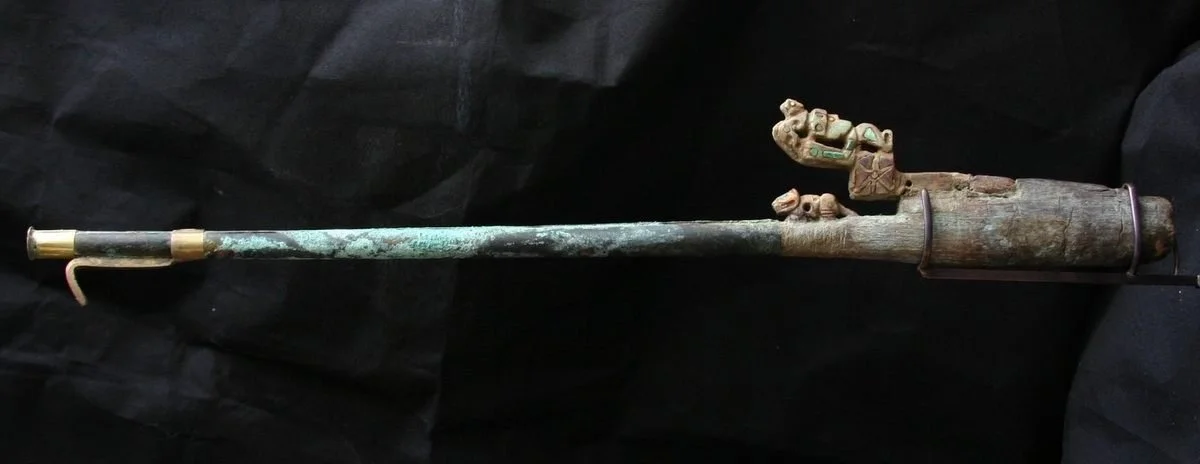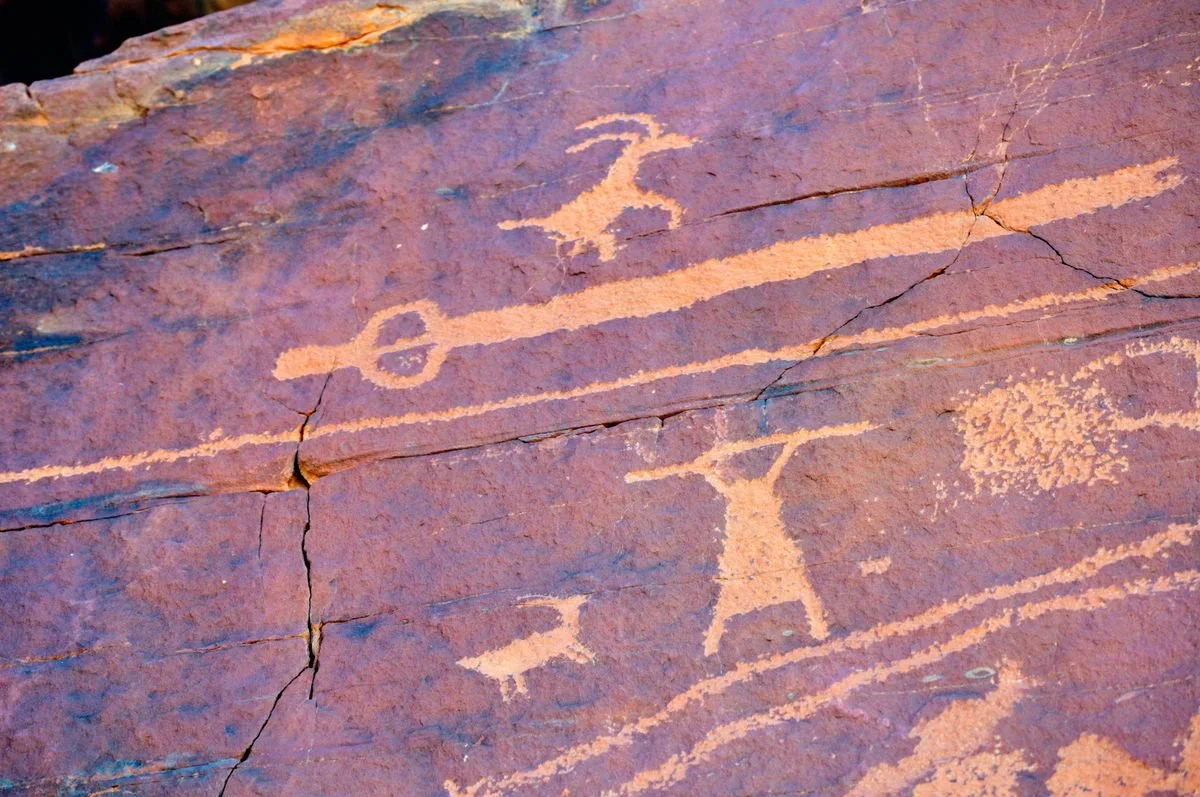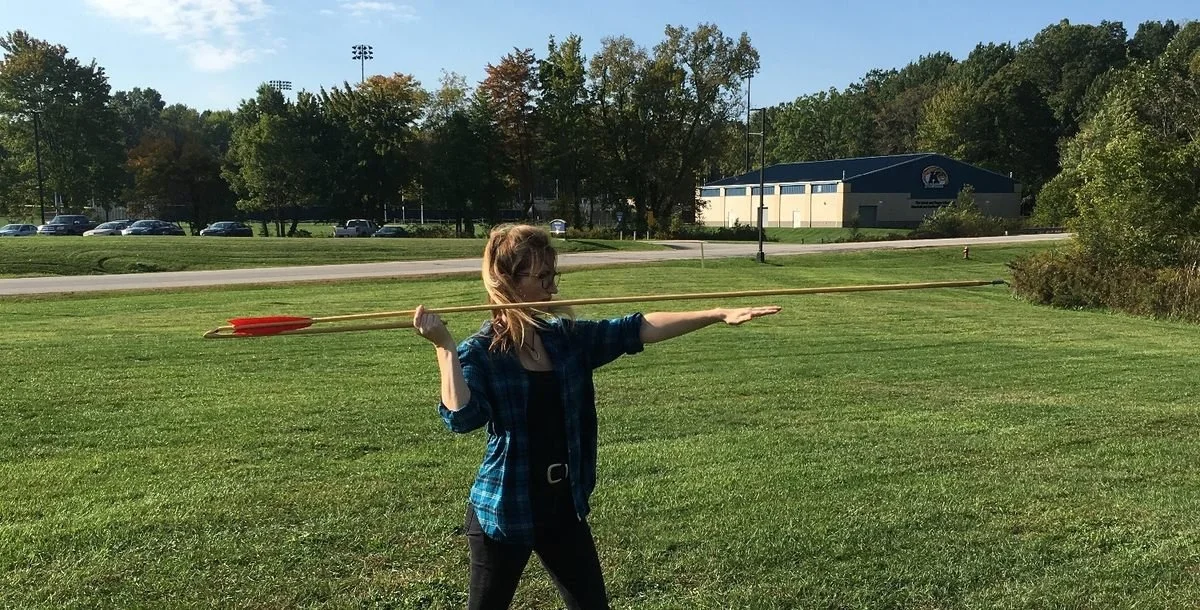In Jerusalem, a recent excavation effort uncovered stairs that had been hidden for more than 2,000 years near the spot where the New Testament says Jesus treated a blind man.
An excavation project in Jerusalem, Israel has uncovered the biblical site the Pool of Siloam.
Early this year, it was reported by the Israel Antiquities Authority, the Israel National Parks Authority, and the City of David Foundation that the Pool of Siloam, a holy place revered by both Christians and Jews, will soon be accessible to the general public for the first time in more than two thousand years.
Archaeologists made tremendous headway in their dig in recent weeks, finding eight stairs that led into the Pool and hadn't been seen in 2,000 years, or roughly the time that Jesus was on Earth.
“The ongoing excavations within the City of David — the historic site of Biblical Jerusalem — particularly of the Pool of Siloam and the Pilgrimage Road, serve as one of the greatest affirmations of that heritage and the millennia-old bond Jews and Christians have with Jerusalem,” Ze’ev Orenstein, director of International Affairs – City of David Foundation told Fox News Digital.
“Not simply as a matter of faith, but as a matter of fact,” he continued.
A rendering of the Pool of Siloam site thousands of years ago.
A non-profit organization called the City of David Foundation was founded in 1986, and it is "dedicated to the preservation and development of the City of David and its environs, and is committed to connecting people of all faiths and backgrounds to ancient Jerusalem."
The most important half-mile on earth, according to Orenstein, is the one that runs through the City of David from the Pool of Siloam in the south up to the steps leading up to the Western Wall, Southern Steps, and Temple Mount.
“There is no half-mile anywhere on Earth which means more to more people – not to millions, but to billions — than the half-mile that is the City of David,” he added.
In the seventh century B.C., the pool was initially constructed as a component of Jerusalem's water system, about 2,700 years ago.
Jesus Christ healed a blind man at the pool, according to the Bible.
The two Israeli organizations and the City of David Foundation concur that the construction took place during the reign of King Hezekia, as described in the Bible's Book of Kings II, 20:20.
The Pool of Siloam reportedly underwent numerous construction phases before reaching a 1.25-acre size.
A story from the Gospel of John claims that Jesus healed a man who was born blind at the Pool of Siloam.
The public has had access to a tiny portion of the fully excavated pool for a number of years.
The pool is now being excavated in its entirety, and will either be opened in sections or all at once.
The Congress of Christian Leaders' president, Rev. Johnnie Moore, said in January on Fox News Digital that "In the Pool of Siloam, we find evidence of history preserved for us, revealed at just the right time."
“Theologically, it affirms Scripture, geographically it affirms scripture, and politically it affirms Israel’s unquestionable and unrivaled link to Jerusalem. Some discoveries are theoretical. This one is an undeniable. It is proof of the story of the Bible and of its people, Israel,” he mentioned.
The original pool was first built roughly 2,700 years ago.
In 2004, the Hagihon water company's infrastructure construction found portions of the pool's steps, which by chance led to the discovery of the pool.
Under the direction of professors Roni Reich and Eli Shukron, the Israel Antiquities Authority started a survey.
As a result, the Pool of Siloam's northern and a tiny portion of its eastern perimeters were exposed.
Jerusalem's Biblical legacy is being attacked, whether it be in UN halls, ongoing Palestinian leadership initiatives, or on college campuses, claimed Orenstein.
Orenstein predicted that, in a few years, people visiting the City of David will be able to "see with their own eyes, touch with their own hands, and walk with their own feet upon the very stones their ancestors walked thousands of years ago, as they made their way to Jerusalem on pilgrimage."





